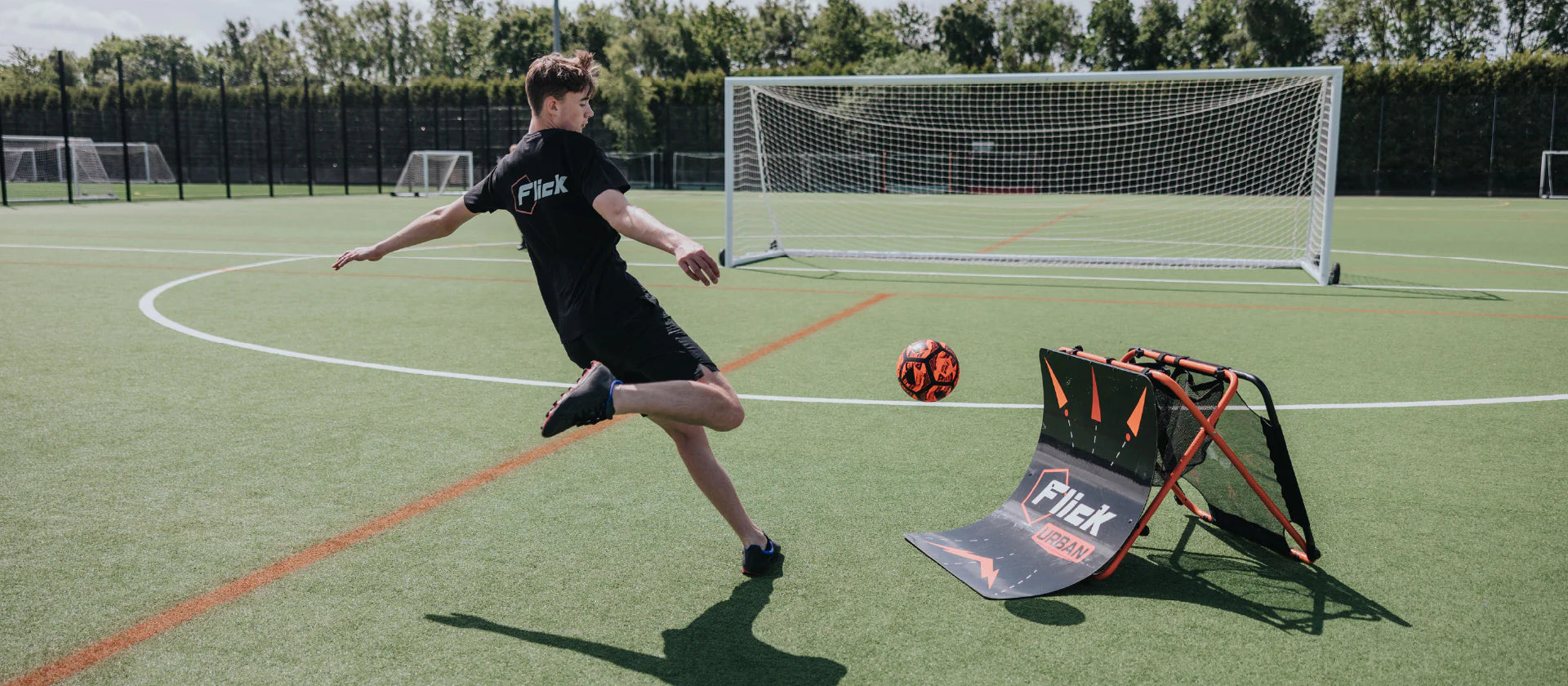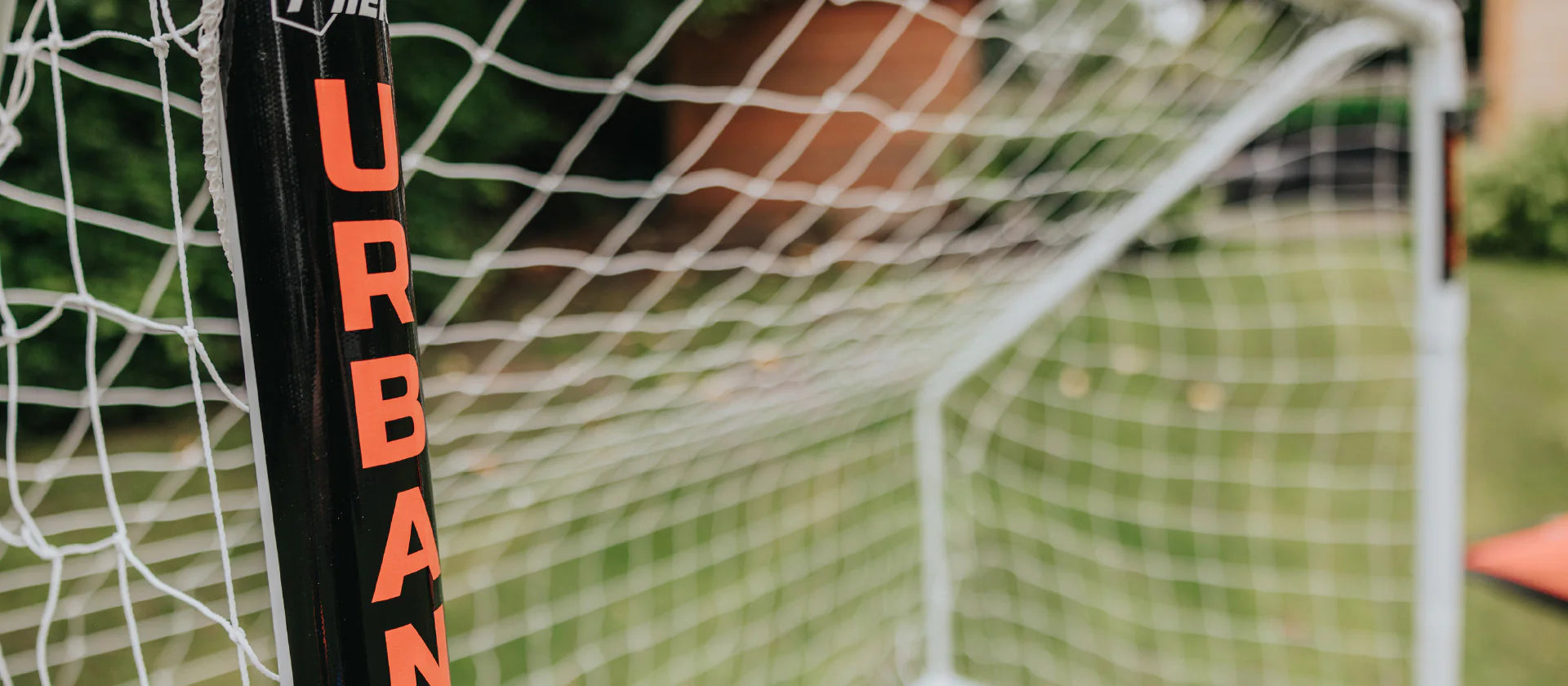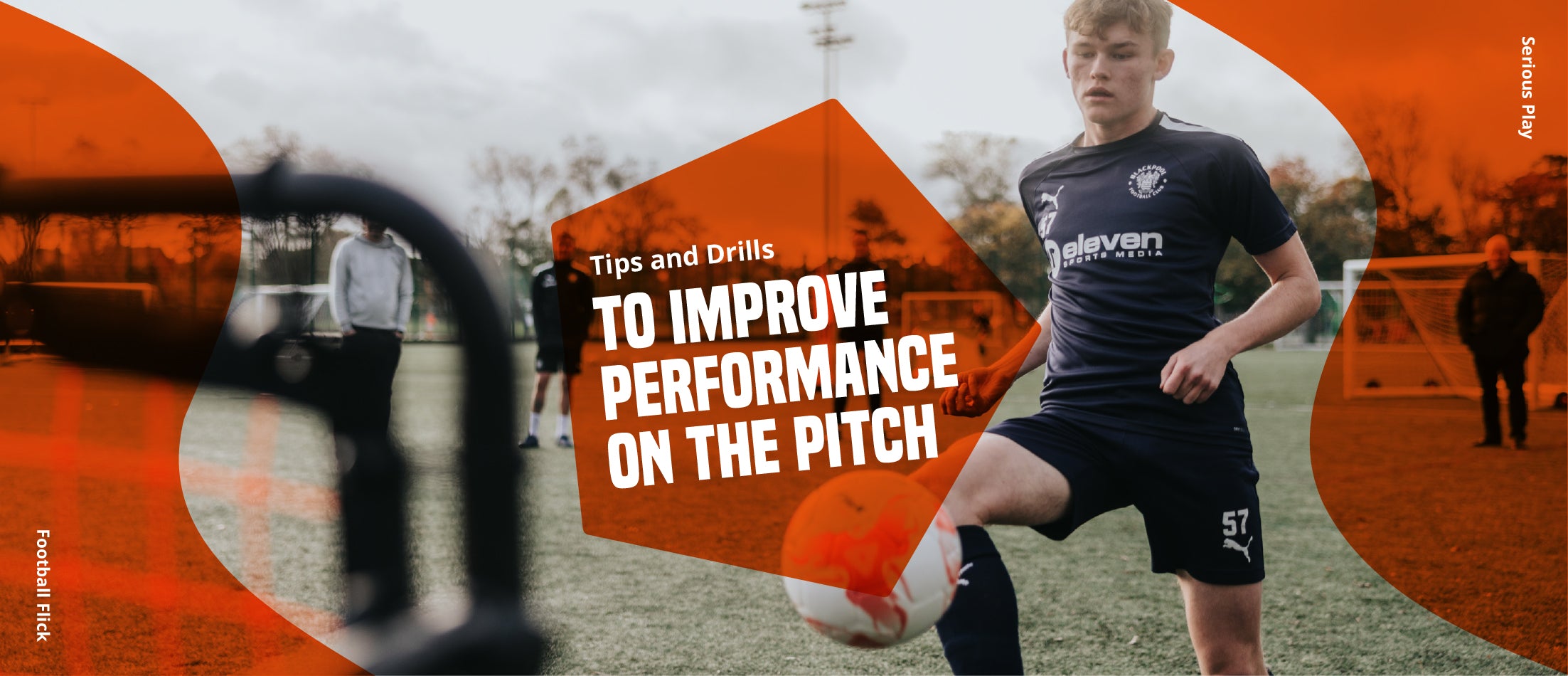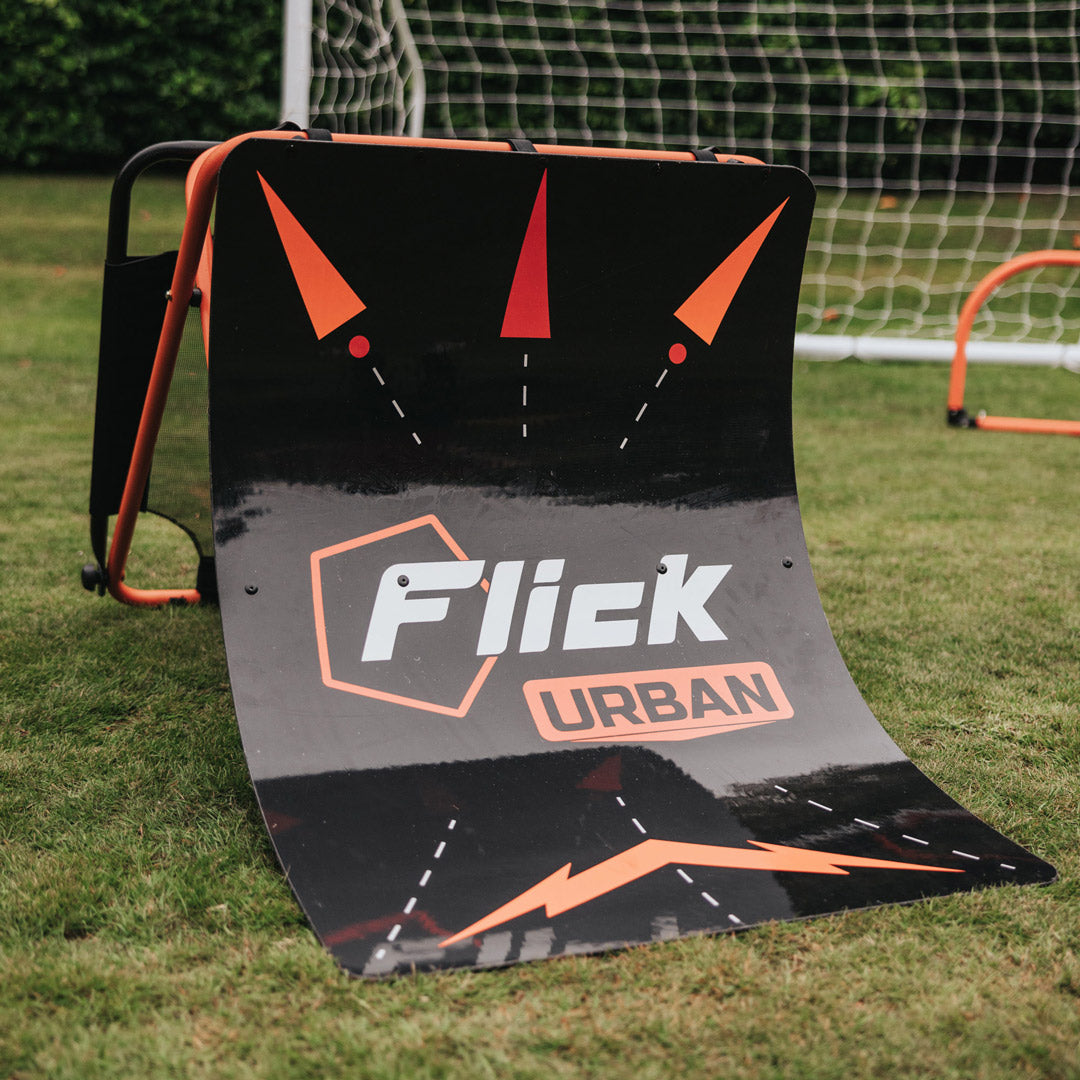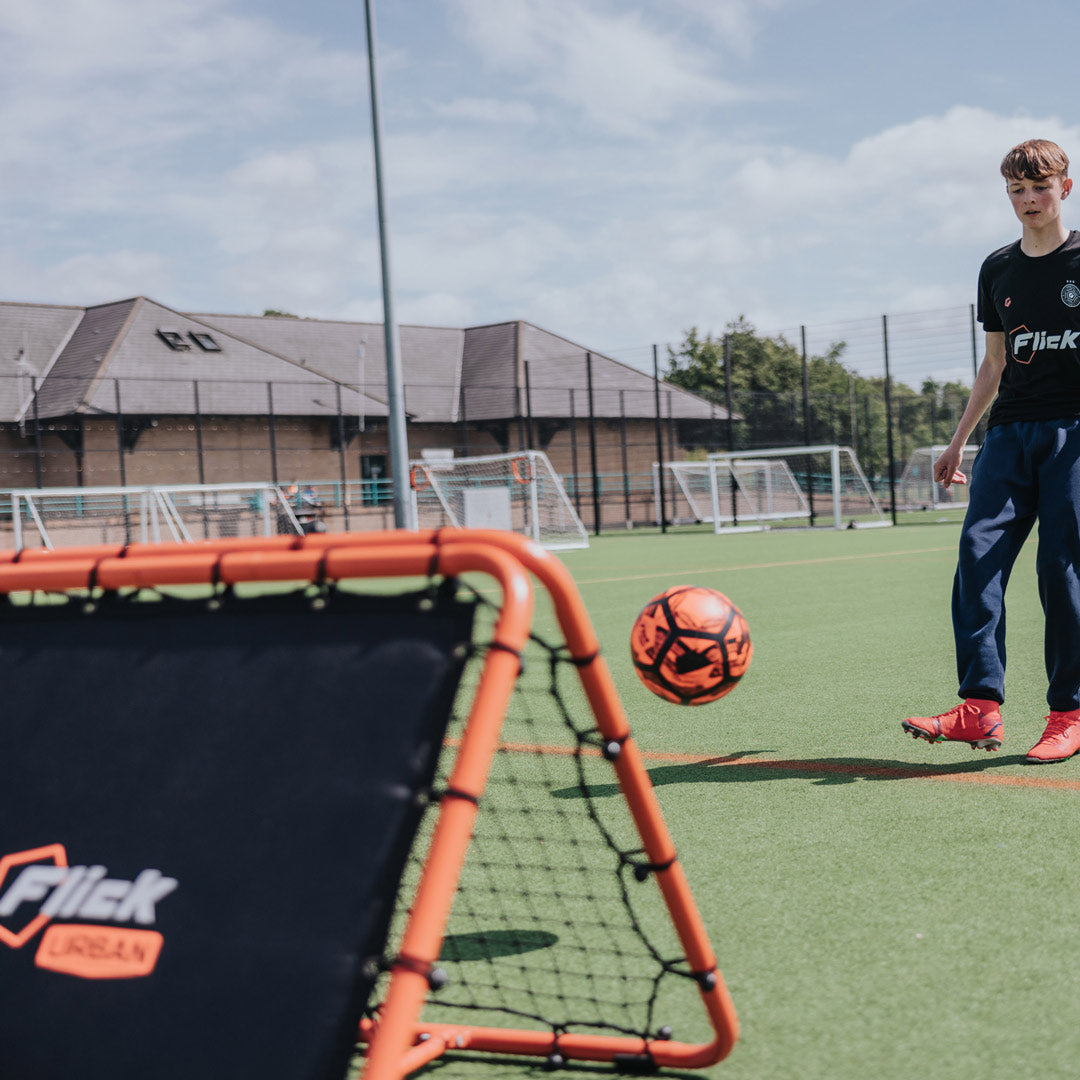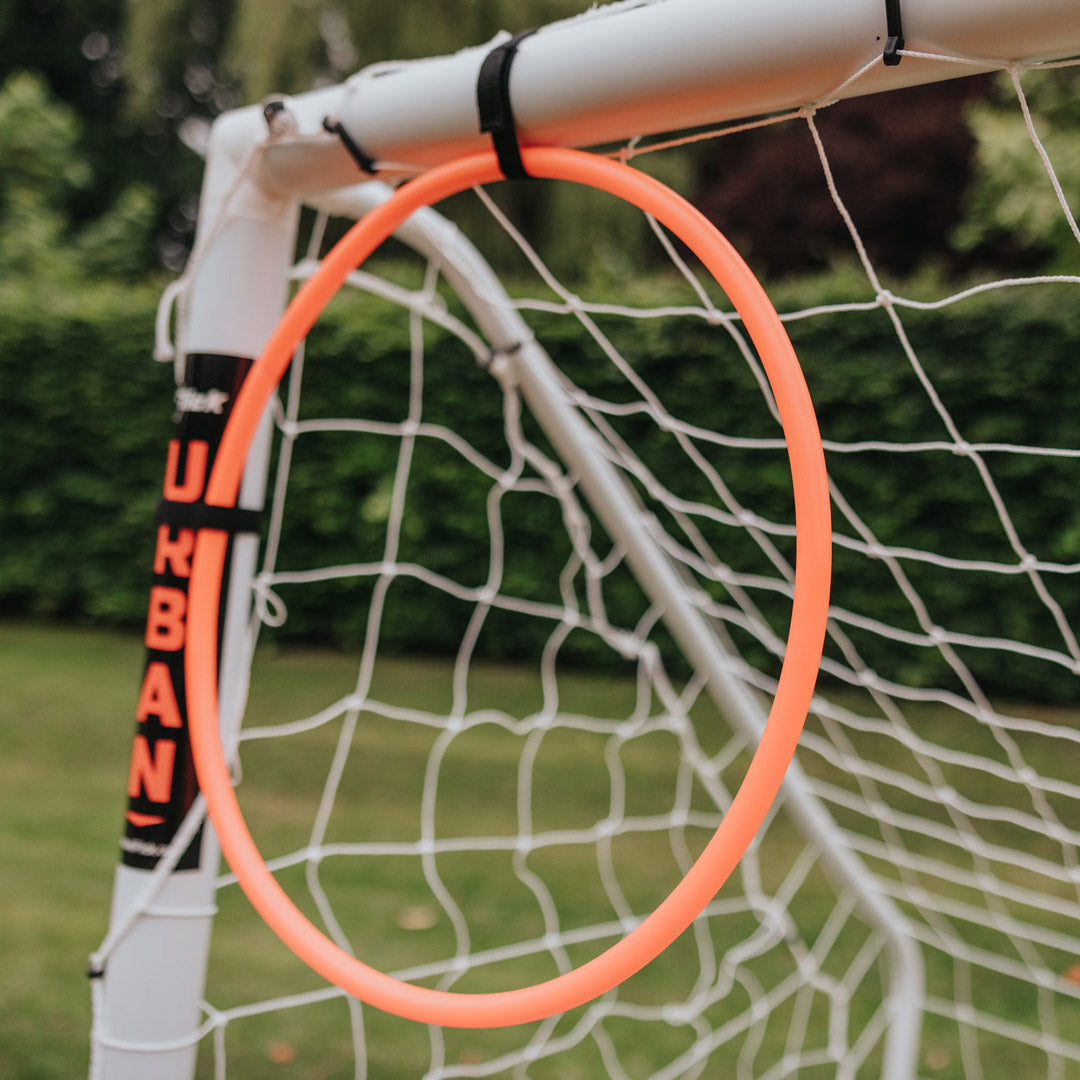Speed and agility are crucial attributes in football, enabling players to outmanoeuvre opponents, create scoring opportunities, and excel in both attack and defence. Whether you're a winger, a forward, or a defender, developing your speed and agility can significantly impact your performance on the pitch. In this blog, we will explore key techniques, exercises, and training strategies to enhance your speed and agility in football.
- Sprint Training
- Change of Direction Drills
- Plyometric Training
- Interval Training
- Coordination and Balance Exercises
- Flexibility and Mobility Training

- Sprint Training: Sprinting is a fundamental aspect of football that requires explosive speed. Incorporate sprint training into your routine to improve your acceleration and top speed. Focus on short-distance sprints, such as 25-meter or 50-meter sprints, with maximum effort. Start with a proper warm-up and gradually increase intensity and repetitions over time. Sprint training enhances your muscle power, stride length, and overall speed, giving you an edge on the pitch.
- Change of Direction Drills: Football is a dynamic sport that demands quick changes of direction. Implement agility drills that simulate these movements, such as shuttle runs, ladder drills, and cone exercises. These drills improve your ability to accelerate, decelerate, and change direction rapidly. Incorporate lateral movements, diagonal cuts, and quick turns to replicate match scenarios effectively. Developing agility will make you more elusive on the field, helping you evade defenders and create space for yourself or your teammates. We would recommend using the Football Flick Drills set.
- Plyometric Training: Plyometric exercises focus on explosive movements that enhance power, speed, and agility. Incorporate exercises like box jumps, bounding, single-leg hops, and lateral jumps into your training regimen. Plyometric training strengthens your leg muscles, improves your reactive ability, and enhances your overall athleticism. It helps you generate explosive power, crucial for winning aerial duels, making dynamic runs, and executing quick changes of direction. We recommend using the Octa Speed rings and the Multi Hurdles.
- Interval Training: Football requires players to maintain a high level of intensity throughout the match. Interval training is an effective method to improve both aerobic and anaerobic endurance while simultaneously enhancing speed and agility. Incorporate high-intensity intervals, alternating between sprinting and jogging, or shuttle runs with varying distances and speeds. This training method challenges your cardiovascular system, replicating the demands of match play, and helps you perform at a high level throughout the game.
- Coordination and Balance Exercises: Good coordination and balance are essential for executing precise movements on the pitch. Include exercises that focus on coordination, such as ladder drills, agility ladder hops, and cone drills that require quick footwork and precise body control. Additionally, incorporate exercises that improve balance, such as single-leg exercises, balance boards, or stability ball exercises. Developing coordination and balance will make you more agile, help you maintain body control during challenging situations, and reduce the risk of injuries.
- Flexibility and Mobility Training: Flexibility and mobility play a crucial role in speed and agility. Incorporate regular stretching exercises and mobility drills into your routine. Dynamic stretching, yoga, and foam rolling can improve your range of motion, allowing for more efficient movements and reducing the risk of muscle strains or imbalances. Work on specific areas like hips, hamstrings, and ankles to maximize your agility and speed potential.
Improving speed and agility is a continuous process that requires dedicated training and discipline. By incorporating sprint training, change of direction drills, plyometrics, interval training, coordination and balance exercises, and flexibility and mobility training, you can elevate your performance on the football pitch. Remember to tailor your training program to your position and specific needs, and gradually progress the intensity and complexity of the exercises. With consistent effort and perseverance, you will enhance your speed, agility, and overall athleticism, ultimately becoming a more dynamic and influential player on the pitch.

